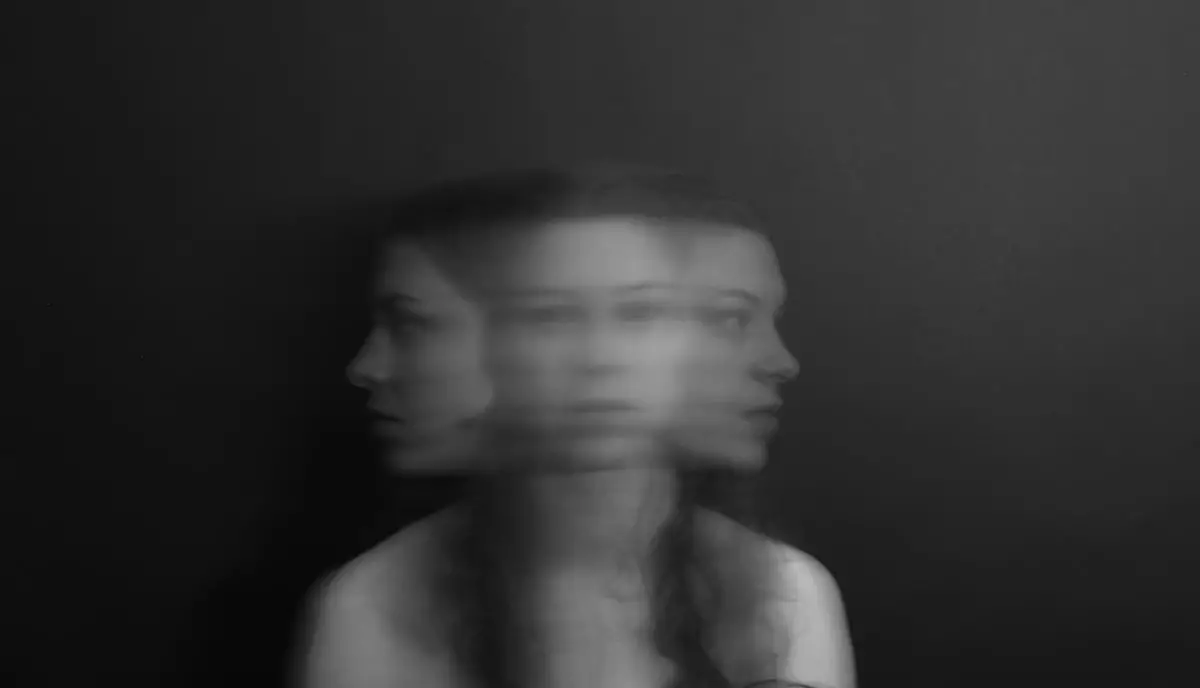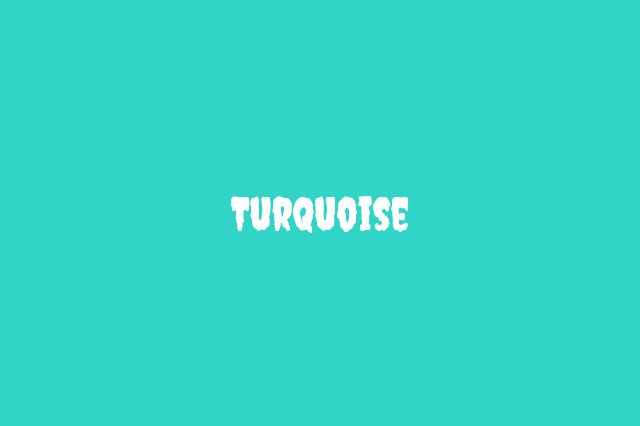Have you ever considered how colors influence your emotions? Think about the last time a particular color caught your eye. Did it stir something within you?
Colors do more than just decorate our world; they have the power to evoke feelings and even confusion. In this exploration, we delve into a palette that might surprise you – colors that represent confusion.

What Colors Represent Confusion?
- Gray
- Turquoise
- Purple
- Brown
Gray

Have you ever noticed how gray often seems to linger between extremes? It’s not just a color; it’s a statement of indecision, a perfect metaphor for confusion. Let’s dive into why gray stands as the quintessential symbol of ambiguity.
Gray is born from the union of white and black, two polar opposites. White symbolizes purity and clarity, while black represents mystery and the unknown. Gray lives in the middle, a blend that neither commits to the light nor surrenders to the darkness. This middle ground is where confusion often brews. It’s like standing at a crossroads, unsure of which path to take.
Apart from that, the impact of gray on our psyche is fascinating. Lighter shades can feel soothing, offering a sense of calm neutrality. But venture into darker grays, and you might feel a weight, a sort of visual heaviness that mirrors the feeling of being lost in a fog of uncertainty. It’s this spectrum of influence that makes gray so uniquely tied to confusion.
Our language echoes this sentiment. Think of phrases like “gray area” or “gray matter.” They’re not just colorful expressions; they’re acknowledgments of life’s complexities. A “gray area” is a realm of uncertainty, where things are not just black or white. It’s a space where rules blur, and clear answers are elusive. Similarly, “gray matter” in our brains is central to processing information, often leading to moments of intense contemplation and, yes, confusion.
Read Also: Colors That Represent Chaos
Turquoise

Now, let’s shift our focus to turquoise, a color that dances on the edge of clarity and confusion. Have you ever gazed at the ocean and felt a mix of peace and overwhelming depth? That’s the power of turquoise, a color that’s not just blue, not just green, but an enigmatic mix of both.
Imagine the vastness of the sea or the expanse of the sky on a clear day. Turquoise embodies these elements, offering a sense of serenity. Yet, there’s an underlying complexity. It’s like looking into deep waters, aware of the tranquility but also the unknown depths beneath. This duality is what makes turquoise a symbol of both peace and confusion. It’s calming, yes, but it also carries an element of the unpredictable.
Turquoise can be a soothing presence. It’s often used to create a sense of tranquility in design and art. But think about when it’s overdone. The same color that brings calm can also feel overwhelming. It’s like listening to a soothing melody played too loudly. Suddenly, the harmony turns into a source of dissonance. This is where turquoise crosses into the realm of confusion – too much of it, and the mind struggles to find balance.
In many cultures, turquoise is a sacred stone, a guardian against negative forces. It’s seen as a protector, a source of energy and spiritual grounding. However, its very essence, straddling the line between blue and green, makes it a symbol of flux and change. It’s as if the color itself is unsure of its identity, caught between two worlds.
Purple

Let’s turn our attention to purple, a color that exists in a realm of its own. Have you ever looked at purple and felt its enigma? It’s a color that doesn’t just sit quietly between red and blue; it holds a world of mystery in its hue.
Historically, purple has been a color of royalty and luxury. It’s the mark of power and wealth. But there’s another side to it. Purple also dwells in the realm of the unknown. It’s like a ruler whose motives are unclear, a symbol of authority shrouded in mystery. This dual nature of purple – regal yet perplexing – makes it a fascinating emblem of confusion.
Consider the confusion between purple and violet. While violet has its place in the spectrum of light, purple is a creation of our perception, a blend of red’s warmth and blue’s coolness. This ambiguity is central to purple’s identity. It’s a color that challenges our understanding, blurring the lines between what’s real and what’s perceived. Is it a warm color? Is it cool? Purple doesn’t give a straightforward answer, and that’s where its mystery deepens.
In modern times, purple carries diverse meanings. It’s seen as spiritual, yet also associated with counterculture. It represents creativity and also signifies mourning in some cultures. This versatility is intriguing but also confusing. What exactly does purple stand for? Its use in various contexts leaves us pondering, unsure of its true essence. It’s a color that doesn’t just blend red and blue; it blends meanings, emotions, and interpretations.
Brown

Finally, let’s explore brown, a color often overlooked yet rich in symbolic complexity. Have you ever observed how brown blends into so many aspects of our world, yet remains distinct? It’s a color that embodies subtlety and, surprisingly, a certain depth of confusion.
Brown is the color of earth, wood, and stone. It’s everywhere, yet it doesn’t demand attention. This unassuming nature is precisely what makes brown intriguing. Brown doesn’t shout for attention, yet it holds a myriad of meanings. This subtlety makes it a perfect backdrop for confusion. It’s like a puzzle, quietly waiting to be understood.
Consider how brown affects our emotions. It can be comforting, evoking feelings of stability and reliability. Still, it can also be perceived as dull or uninspiring, leading to a sense of ambiguity or indecision. This duality is fascinating. Brown can ground us, yet leave us questioning. It’s a color that doesn’t offer clear emotional cues, leaving us in a state of limbo.
Across different cultures, brown carries varied meanings. In some places, it’s seen as natural and wholesome. In others, it’s associated with austerity and simplicity. This range of interpretations adds to its enigmatic nature.
Wrapping Up
As we conclude the colors of confusion, it’s clear that each hue holds a unique story. From the neutral ambiguity of gray to the serene complexity of turquoise, the enigmatic depths of purple, and the understated subtlety of brown, these colors reveal the multifaceted nature of confusion. They remind us that confusion isn’t just a state of mind; it’s a spectrum of emotions, each color contributing its voice to the narrative.
Remember, the way we perceive these colors is deeply personal. Your experience of gray might be different from mine, and what turquoise evokes in you might not be the same for someone else. This subjectivity is the beauty of color symbolism – it’s a personal journey as much as it is a universal experience.